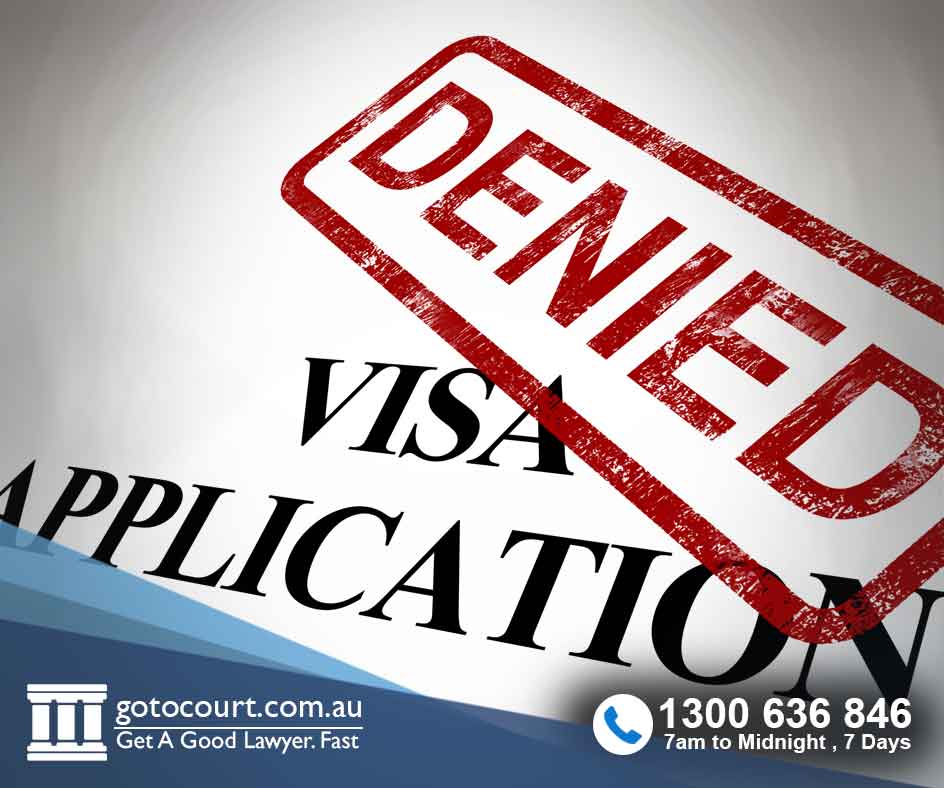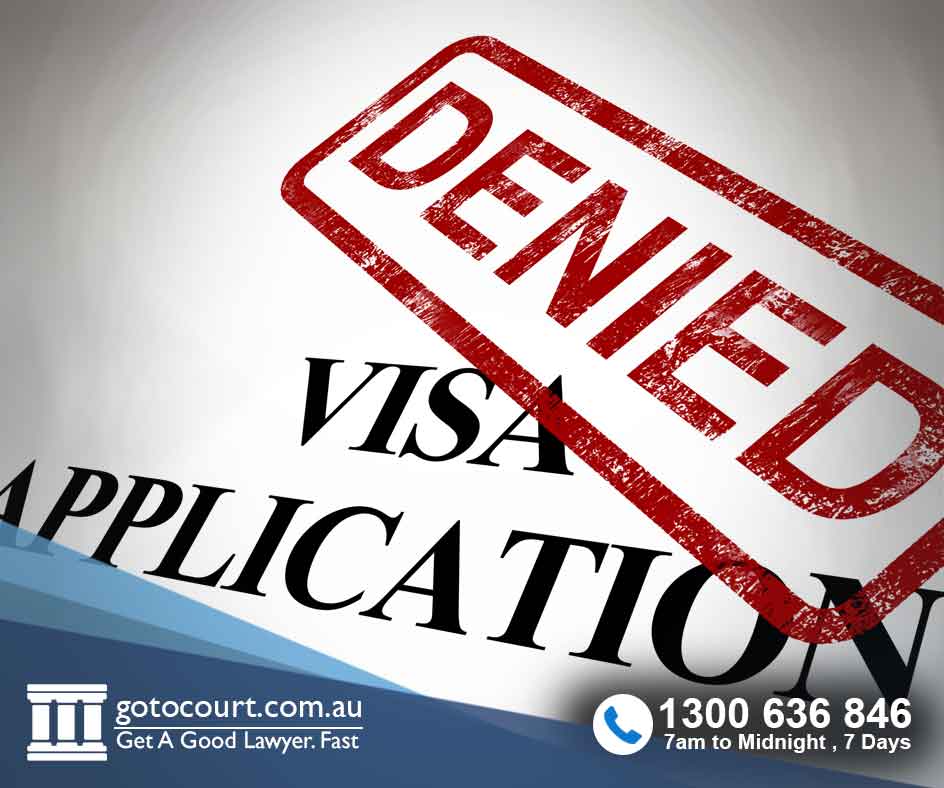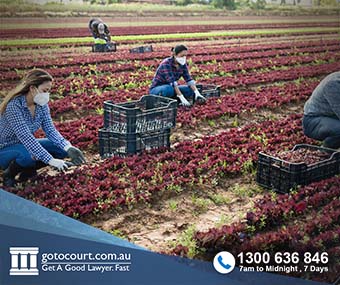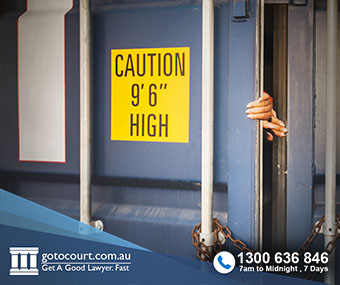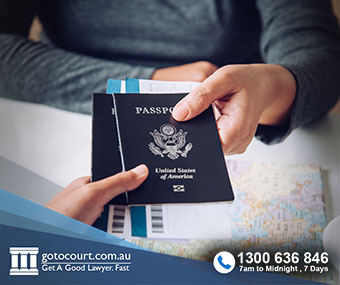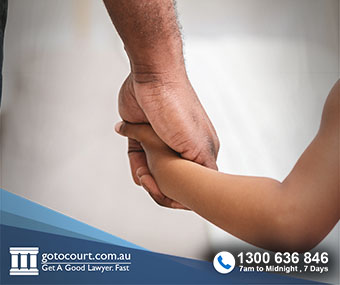Call our lawyers
now
or,
have our lawyers
call you
Bridging Visas in Australia
Updated on Nov 22, 2023 • 8 min read • 1538 views • Copy Link
Bridging Visas in Australia
Overview Bridging Visa A subclass 010 (BVA) Bridging Visa B subclass 020 (BVB) Bridging Visa C subclass 030 (BVC) Bridging (Prospective Applicant) Visas D subclasses 040 and 041 (BVD) Bridging Visa E subclass 050 and 051 (BVE) Bridging Visa F subclass 060 (BVF) What if I don’t meet the criteria?
Bridging Visas are transitory visas which permit a person to remain in Australia for a certain period of time. They can be granted after the expiration of a substantive visa while a person waits for their application for another substantive visa to be processed. They can also be granted when a person is already on another class, or the same class, or Bridging Visa.
There are six bridging visa types. All have slightly different entitlements attached to them, with some allowing the holder to work, study and travel outside Australia. Generally, a person’s prior migration status will affect which type they are granted and the rights that attach to it.
Bridging Visa A subclass 010 (BVA)
The Bridging Visa A (BVA) is granted when a person applies for a visa while in Australia and while they are the holder of a valid visa. The Bridging Visa A allows the holder to remain in Australia after their substantive visa expires while they wait for a decision on the new one. It entitles the holder to travel anywhere within Australia but they are not allowed to depart Australia and return.
This visa gives the holder work and study entitlements based on the substantive visa they previously held. For example, if you held a Student Visa at the time you applied for a different substantive visa while in Australia, you will be granted a Bridging Visa A with the same work and study conditions as your Student Visa.
Who is eligible?
The circumstances in which a person is eligible for this visa are as follows:
- Where they are in Australia when they apply for a substantive visa while holding a substantive visa.
- Where the visa they applied for is one that can be granted in Australia. This means that it is not a requirement for them to depart Australia before the visa can be granted; or
- Where they made an application for a visa in Australia and that visa application has been refused but they have appealed that decision within the statutory time limits.
When is it granted?
A Bridging Visa A is generally granted at the same time that a person makes a successful application for a valid visa. This means the person will usually get two letters, one that acknowledges receipt of the visa application and another which contains the Bridging Visa A details. This letter will state that the Bridging Visa A will only come into effect or ‘activated’ once the current substantive visa expires.
For example, a person holds Visa 1 and applies for Visa 2. Upon application, they are granted a Bridging Visa A. Visa 1 expires and the Bridging Visa A comes into effect until a decision is made on Visa 2. If Visa 1 does not expire in the time it takes for the Department of Home Affairs to make a decision to grant Visa 2, then the person will not have been on a Bridging Visa at all.
What if my visa application is refused?
If you are on a Bridging Visa A and your substantive visa application is refused, you have 28 days to leave Australia. If you appeal the decision to the Administrative Appeals Tribunal, it will be automatically extended until the Tribunal makes a decision.
Bridging Visa B subclass 020 (BVB)
A Bridging Visa B (BVB) grants the holder a right to travel. It comes with a ‘travel authority’ and ‘travel period’ which means you have permission to travel outside Australia and return, provided it is within the period stated on the grant notice.
Once the travel period ends and you have returned to Australia, the Bridging Visa B gives you permission to live, work and study in Australia, but not to leave the country and re-enter.
Only those who hold a Bridging Visa A or B are eligible to apply for a Bridging Visa B.
Bridging Visa C subclass 030 (BVC)
A Bridging Visa C (BVC) is available to a person who voluntarily lodges an application for a substantive visa while unlawfully in Australia, after their substantive visa has expired.
A holder of a Bridging Visa C cannot travel outside of Australia and return. If a person is granted this visa with a condition that prohibits them from working, they can apply for a new Bridging Visa C without the work prohibition attached to it. To succeed in this application, they must demonstrate that they have a compelling need to work. This often requires demonstrating that they are or would be in financial hardship if they were not allowed to legally work.
Bridging (Prospective Applicant) Visas D subclasses 040 and 041 (BVD)
Bridging (Prospective Applicant) Visas can be granted to a person who is about to become unlawful and has attempted to lodge a substantive visa application, but the application was invalid. Such a person can apply for a Bridging Visa D to allow them up to five days to lodge a valid application.
Bridging (Prospective Applicant) Visas do not come with work entitlements or the right to travel outside of Australia and return.
To be eligible for a Bridging (Prospective Applicant) Visa you must be an unlawful non-citizen or a person who will become unlawful within three business days of their application for the bridging visa. They must have made a genuine attempt to make a valid application for a substantive visa and be able to lodge a valid application for a substantive visa within five working days.
Bridging Visa E subclass 050 and 051 (BVE)
Bridging Visas E or BVE are generally granted to non-citizens to allow them to remain in Australia lawfully. They are usually granted when a person has been detected as unlawful to provide them with time to depart Australia voluntarily. This usually occurs when a decision has been made to cancel a visa under section 116 of the Migration Act 1958.
Bridging Visas E are also granted as a way to remain in Australia while you make an application for a substantive visa, wait for a decision by a court on an appeal, or wait for Ministerial Intervention to grant you a visa. They are also granted when a person has applied for a protection visa.
A Bridging Visa E comes with very strict conditions. They usually have reporting conditions, requiring the holder to report to a Department of Home Affairs’ office periodically. The visa also comes with ‘no work’ and ‘no study’ conditions. These conditions can be removed with an application for a new visa accompanied by submissions explaining why work or study rights should be granted.
Bridging Visa F subclass 060 (BVF)
A Bridging Visa F can be granted to a person of interest to police in Australia in relation to serious commonwealth offences involving trafficking, sexual servitude, or deceptive recruiting. This visa will allow the holder to remain in Australia until the earliest date specified by the Minister. Usually this is 30 days from the grant or until the Minister advises that the person is no longer a person of interest to the police.
A ‘no work’ condition is imposed.
Bridging Visa R subclass 070 (BVR)
A Bridging Visa R can be granted to a person who is facing removal from Australia but where that removal is not currently reasonably practicable. The visa is granted at the Minister’s discretion and allows a person to remain living in the community until their removal from the country can be arranged. The visa was formulated to prevent unlawful non-citizens who have exhausted their visa options from being held in detention indefinitely.
A Bridging Visa R comes with mandatory strict conditions including that the holder must notify the department if they travel interstate or overseas or if they receive or transfer more than $10,000. Further conditions such as abiding by a curfew and wearing an electronic monitoring device are also imposed unless the Minister considers the person is not a risk to the community.
A person can only apply for a Bridging Visa R if they are invited to do so, usually by the Minister. If a person wants to accept an invitation to apply for a Bridging Visa R, they must do so within seven days of the invitation.
What if I don’t meet the criteria?
If you do not meet the requirements for a bridging visa you will not be granted one. A person who is in immigration detention as a result of being refused a Bridging Visa E can apply to the Administrative Appeals Tribunal for a review of the decision, the court for judicial review, or request Ministerial Intervention.
If a bridging visa is granted but has unfavourable conditions, no avenue for appeal exists. The only option is to apply for a subsequent visa without the unfavourable condition.
If you require legal advice or representation in any legal matter, please contact Go To Court Lawyers.
Resources

Affordable Lawyers
Our Go To Court Lawyers will assist you in all areas of law. We specialise in providing legal advice urgently – at the time when you need it most. If you need a lawyer right now, today, we can help you – no matter where you are in Australia.How It Works







1. You speak directly to a lawyer
When you call the Go To Court Legal Hotline, you will be connected directly to a lawyer, every time.


2. Get your legal situation assessed
We determine the best way forward in your legal matter, free of charge. If you want to go ahead and book a face-to-face appointment, we will connect you with a specialist in your local area.


3. We arrange everything as needed
If you want to go ahead and book a fact-to-face appointment, we will connect you with a specialist in your local area no matter where you are and even at very short notice.

